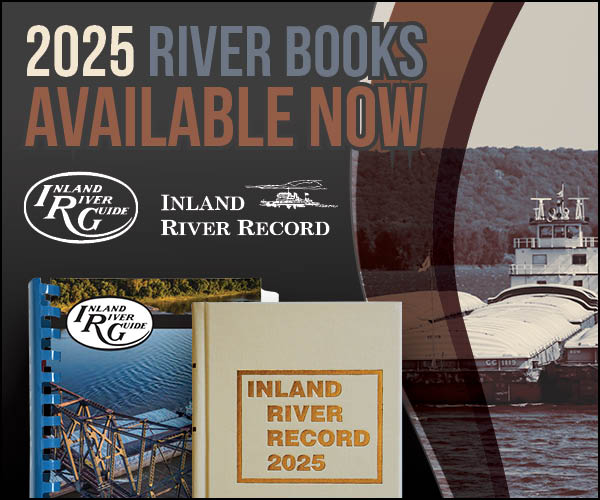Combination of Watermaster Dredge and GeoTubes Is Restoring Finlands Lake Galltrsk
Lake Gallträsk 15 kilometers west of Helsinki used to be a popular recreational area with beaches and clear water. Unfortunately it has suffered from major strain caused by habitation and industry.
The biggest damage to the area was done between the 1920’s and 1970’s when wastewater was released into the lake causing silting up and eutrophication. The water capacity of the lake reduced until its depth was only one meter on average. As a consequence the recreational value of the area declined drastically.
Different rehabilitation projects have been planned and attempted since the 1960’s but they were all unsuccessful due to the lack of proper equipment. The organic sediment in Lake Gallträsk was simply too lightweight to be removed with traditional machinery.
Environmental dredging means removing harmful or contaminated sediment and vegetation to improve the conditions of the water environment. An environmental dredge should be lightweight and have the ability to float and work in shallow waters. It needs to have good mobility and the right tools for environmental tasks.
The Watermaster environmental dredge was chosen as the most suitable product to complete the work. It is a serially produced machine that exceeds all of the requirements set for an environmental dredge and its mobility and versatility sets it apart from other machines.
Multi-purpose capabilities allow it to complete many kinds of works at a site. The Watermaster had already been used at Gallträsk to remove vegetation and trash with a rake to clean the lake’s bottom.
The area surrounding Lake Gallträsk is densely populated therefore settling ponds were not an option for handling the dredged material. The pumped sediment would have required large ponds and a long settling process for the lightweight material.
For these reasons it was decided that the silt would be treated with the GeoTube-method. Watermaster would pump the silt up to a maximum distance of one kilometer into GeoTube containers which allow the excess water to drain away leaving nearly-dry material. The tubes require minimal space and can be piled on top of each other for even more space savings.
The first part of the dredging work was completed in the spring and autumn of 2009. The GeoTubes and dried up silt were removed from the area before summer and in autumn 2010 the dredging work continued. The renovation project is due to be complete by 2014.
A total of 22000 cubic meters of silt will be removed from the two hectare area. The Watermaster pumps the silt into 12 tubes placed in two separate areas about 550 meters from the work site. The goal is to dredge 200 to 600 hours per year.
The effects of the dredging project are positive. The lake’s oxygen content and nutrient balance will recover and the habitat of the fish will improve. As a result of deepening the lake the growth of reeds will reduce.
Overall the ecology of the lake will recover close to its original state and once again people can enjoy using the lake as a recreational area.


